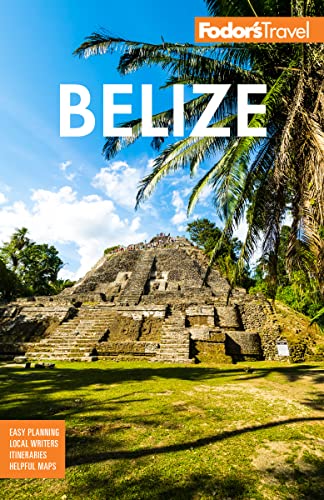Northern Belize History
The Maya settled this area thousands of years before the time of Christ. Cuello, near Orange Walk Town, dates from 2500 BC, making it one of the earliest known Mayan sites in all of Mesoamerica (the region between central Mexico and northwest Costa Rica). In the Pre-Classic period (2500 BC–AD 300) the Maya expanded across northern Belize, establishing important communities and trading posts at Santa Rita, Cerros, Lamanai, and elsewhere.
During the Classic period (AD 300–AD 900), Santa Rita, Lamanai, Altun Ha, and other cities flourished. To feed large populations perhaps totaling several hundred thousand, the Maya developed sophisticated agricultural systems, with raised, irrigated fields along the New River and other river bottoms. After the mysterious collapse of the Mayan civilization by the 10th century AD, the region's cities went into decline, but the Maya continued to live in smaller communities and rural areas around the many lagoons in northern Belize, trading with other settlements in Belize and in Mexico. Lamanai, perched at the edge of the New River Lagoon, was continuously occupied for almost three millennia, until late in the 17th century.
The Spanish first set foot in these parts in the early 1500s, and Spanish missionaries made their way up the New River to establish churches in Mayan settlements in the 16th and 17th centuries. You can see the remains of a Spanish church at the entrance of Lamanai near Indian Church Village. About this same time, small groups of shipwrecked British sailors established settlements in Belize but the Battle of St. George's Caye in 1789 effectively put an end to Spanish control in Belize.
In the second half of the 19th century, the so-called Caste Wars (1847–1904), pitting Mayan insurgents against Mestizo and European settlers in Mexico's Yucatán, had an important impact on northern Belize. Refugees from the bloody wars moved south from Mexico, settling in Corozal Town, Orange Walk Town, Sarteneja, and also on Ambergris Caye and Caye Caulker.
Today more than 40,000 acres of sugarcane are harvested by some 4,000 small farmers in northern Belize. Mennonites, who came to the Blue Creek, Shipyard, and Little Belize areas in the late 1950s, have contributed greatly to agriculture in the region, producing rice, corn, chickens, milk, cheese, and beans. And tourism, foreign retirement communities, and casino gaming are becoming important, especially in northern Corozal District.




